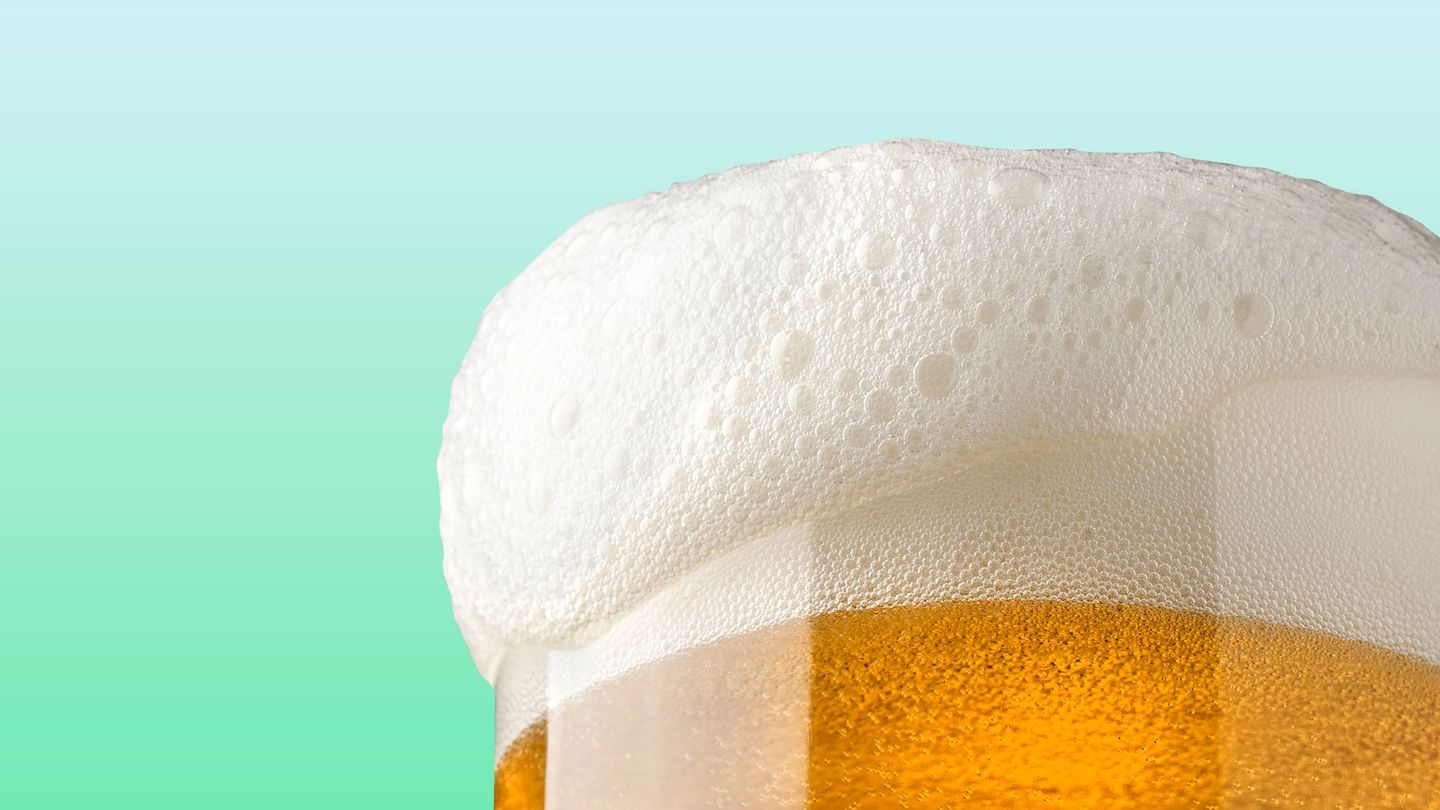

Low-no beer: why staying in control is cooler than you may think
‘While the fear may be real, the stigma, apparently, is not’
Words: Archie Rutland
The low-alcohol beer market was worth $18.4bn, in 2022 – the regular-beer market, by comparison, just about exceeded $219bn. So, overall, 7.7 per cent of worldwide beer sales comprised low-alc options. As of January, 2023, I decided to join the growing trend of low-alcohol beer drinkers who opt for more moderation and less casual drinking. Yet, sometimes, I felt embarrassed, almost as though I had disappointed the people I was with, by not drinking. On occasion, I even went to the extent of asking the bartender to serve my non-alcoholic beer in a standard pint glass just to avoid the inevitable line of questioning.
As it turns out, this sentiment is a common reason people give for not choosing to drink low-alcohol beer in social situations. Many of us would, of course, prefer a healthier relationship with alcohol while still being able to enjoy a midweek night out or celebration (and to do so without the need to drink in order to fit in with – and appease – those around us). A recent study looking at several countries, including Spain, Austria, Poland, the UK, the US, South Africa and Mexico, found that there is a strong overall acceptance of people drinking low-alcohol beer in social settings. So, while the fear may be real, the stigma, apparently, is not.
The primary driving force behind rising demand for low-alcohol beer is the health-conscious, tech-savvy kids of Gen Z, shortly followed by millennials. Research has shown that each generation is drinking progressively less alcohol, and consumption among the western Gen Z demographic has dropped by 25 per cent over the past four years, with Europe leading the way. Thanks to smartphones and social media, younger consumers, in particular, are more aware than ever of the negative impact excessive alcohol consumption has on physical and mental wellbeing. Health, wellness and so-called ‘biohacking’ channels on social-media platforms, such as TikTok and Instagram, are gaining popularity, potentially influencing the trend of young people choosing to engage in things such as meditation, cold-water exposure and better sleep over casual-drinking habits.
You may find it somewhat surprising that Heineken, one of the world’s biggest brewers, has been actively encouraging its customers to drink moderately and choose their rather popular low-alcohol beer, which arrived to the market in 2017. Heineken has invested heavily in this area, developing its low-alcohol recipe and brewing technology under the guidance of the firm’s global master brewer, Willem Van Waesberghe.
Van Waesberghe is a firm believer that, increasingly, consumers still desire the great taste and experience of beer, but without the unwanted negative effects of alcohol. As Alfred Heineken famously once said “I don’t sell beer, I sell enjoyment”, a motto that is very much still part of the ethos at Heineken today. Three-time Formula One World Champion Max Verstappen is the new face of Heineken 0.0, and, with the recent surge in popularity of the motorsport, particularly among the younger generations, a rise that owes a lot to Netflix docu-series Drive to Survive, it’s encouraging to see a sporting hero actively advocating alcohol-free beer and, at the same time, actually making it look pretty cool to remain in control.
I was lucky enough to attend the Mexico City Grand Prix 2023, one of Formula One’s quickest tracks due to altitude and air pressure. Heineken’s glowing neon-green Paddock Club box, conveniently overlooking the pit lane and situated directly above the Red Bull garage, served ice-cold Heineken 0.0 beers on draught alongside Heineken Silver and its original larger. It was evident that the majority of guests, at least until later in the day, and several Heineken members of staff, who are allowed to enjoy 0.0 beer while working, willingly opted for the lower-alcohol variants.
Later in the afternoon, after qualifying, I spoke with a few of the Heineken team, several of whom were women in their early 20s, which, in the public imagination, is not the typical beer-drinking demographic. Interestingly, given the choice, those I conversed with would actively drink good-quality low-alcohol beer alongside caffeinated or fizzy soft drinks, giving additional variety.
Live sporting events, which often span an entire day, can easily turn sour through excessive alcohol consumption. The historic lack of decent alternative offerings does not help the situation. However, the analogy that not drinking alcohol at a sporting event is akin to eating a burger without the bun may soon become outdated. As taste and technology improve, we are likely to witness an increase in the availability of quality alcohol-free options, with major market players striving to meet the growing trend towards moderate consumption. This seemingly inevitable shift will allow everyone to be part of the celebration, regardless of personal drinking preference.
Want to make improvements elsewhere? This is the gentleman’s guide to gym etiquette…


